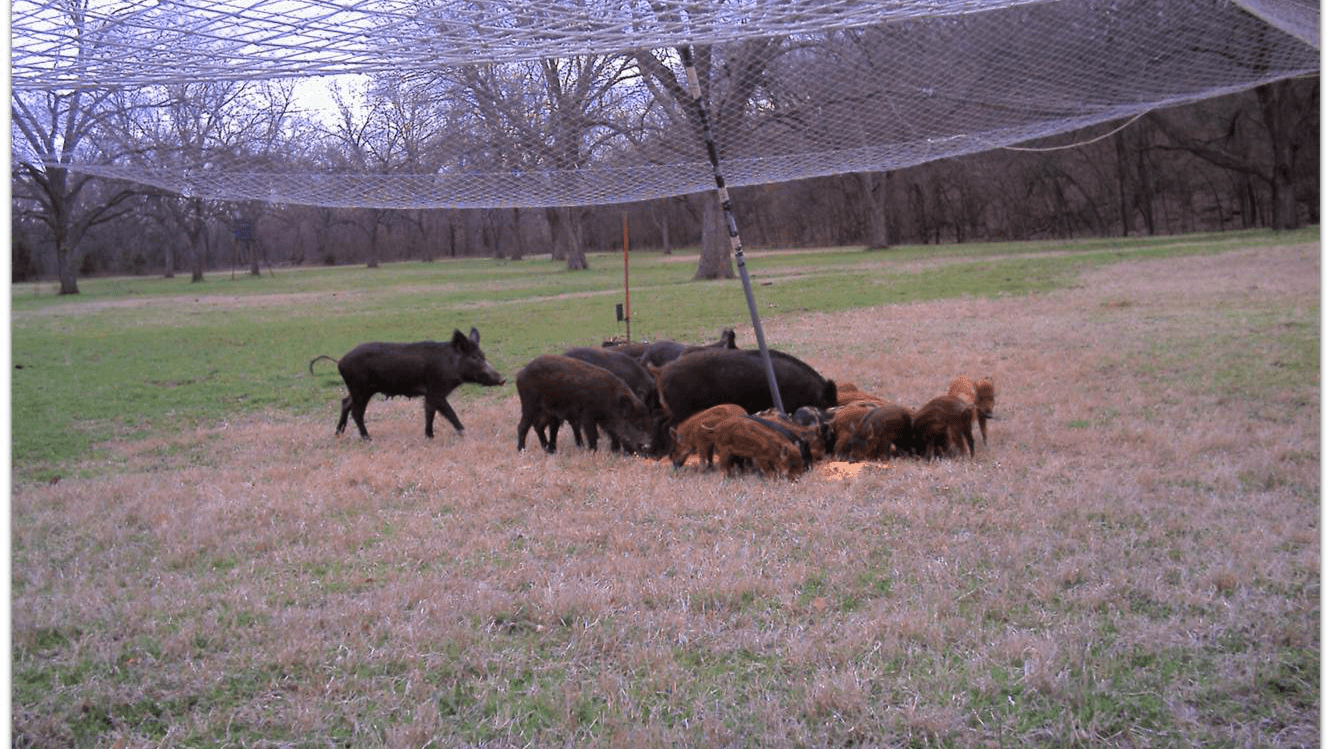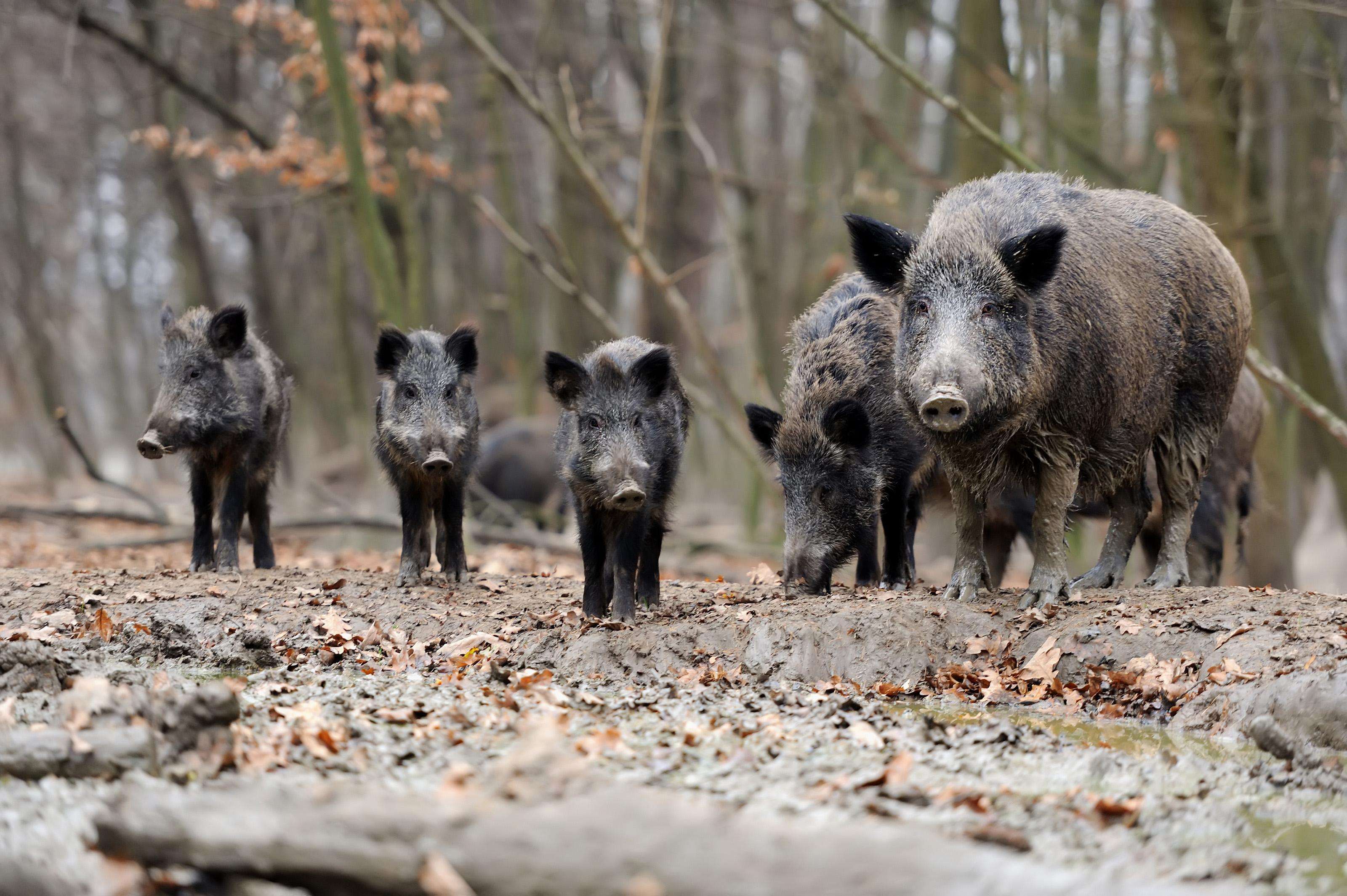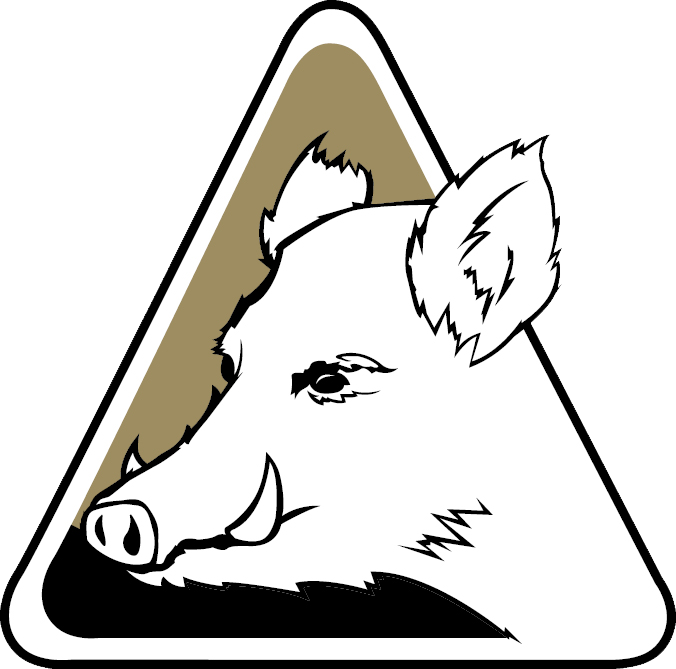
There are a variety of techniques that can be used to manage the damage caused by feral swine. Not all techniques are suitable in every location or situation and, often, a combination of methods must be used to ensure success.
Wildlife Services (WS) wildlife biologists and field specialists reduce feral swine damage by providing technical assistance to landowners and land-managers or conducting direct operational management activities to eliminate or alleviate the damage, upon request.
The most successful feral swine damage management strategies employ a diversity of tactics in a comprehensive, integrated approach. Factors to consider when choosing a management method(s) are overall objectives, landscape, environmental conditions, feral swine behavior and density, local regulations, and available funding. The appropriate method or combination of methods for the situation can be determined by utilizing the best information available which can be gathered from surveillance of damage and signs of feral swine on a specific property.
Nonlethal management techniques can be effective for limiting disease transmission, crop damage, and livestock loss. However, lethal techniques may be a more effective means for limiting population growth and achieving long-term suppression of damage.
Before starting any control program, it is important to check Federal, State, and local laws and regulations regarding hunting, use of firearms, traps, and snares. Effective solutions to feral swine problems can vary by locality due to the differing State legal classifications of feral swine, regulations and laws regarding methods for control, and the local environment where feral swine are causing damage. For more information and help in your area, contact APHIS Wildlife Services at 1-866-4-USDA-WS or use the Wildlife Services’ program directory to contact your local program or connect with your local Extension agency, wildlife agency, or other professionals in your area.



